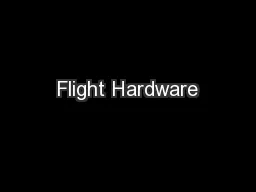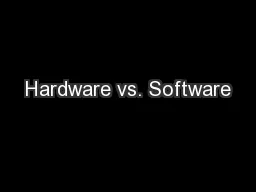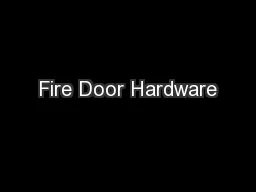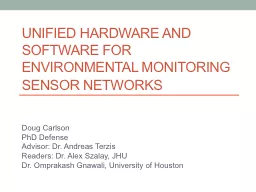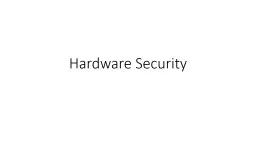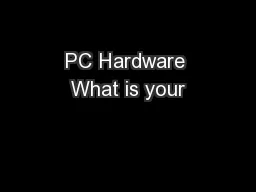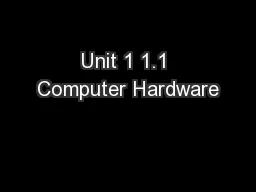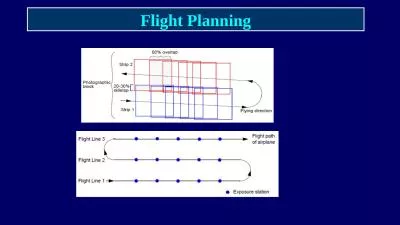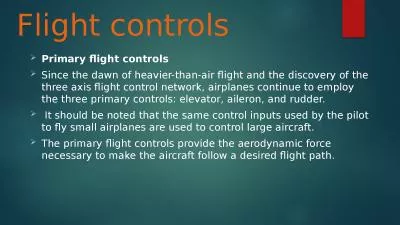PPT-Flight Hardware
Author : olivia-moreira | Published Date : 2016-09-12
Making Sure it Works E80 Fall 2011 Surviving Flight httpwwwyoutubecomwatchvEXQKl28zn0ampNR1 Practice and Benefit Acoustic and random vibration testing supplemented
Presentation Embed Code
Download Presentation
Download Presentation The PPT/PDF document "Flight Hardware" is the property of its rightful owner. Permission is granted to download and print the materials on this website for personal, non-commercial use only, and to display it on your personal computer provided you do not modify the materials and that you retain all copyright notices contained in the materials. By downloading content from our website, you accept the terms of this agreement.
Flight Hardware: Transcript
Download Rules Of Document
"Flight Hardware"The content belongs to its owner. You may download and print it for personal use, without modification, and keep all copyright notices. By downloading, you agree to these terms.
Related Documents

